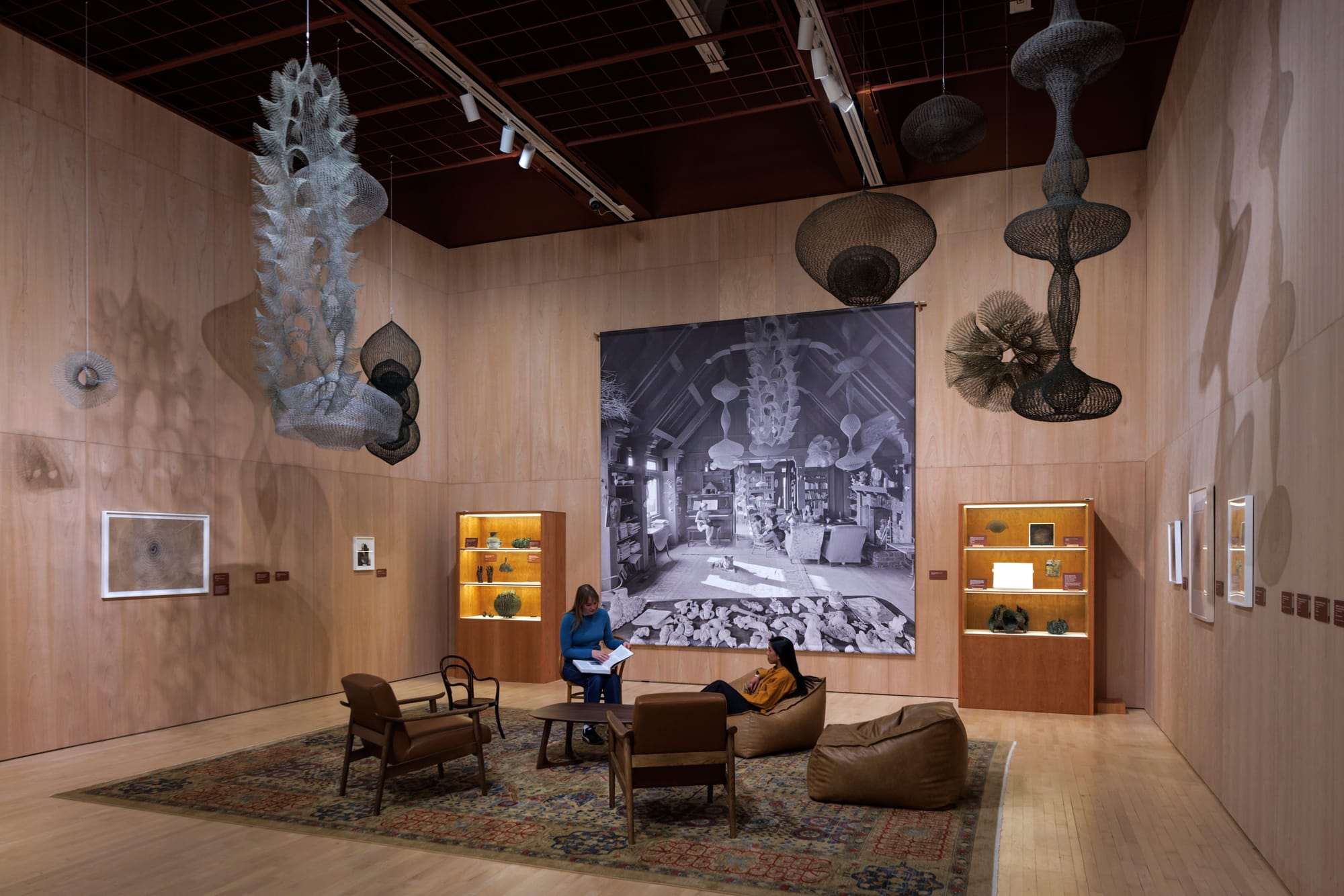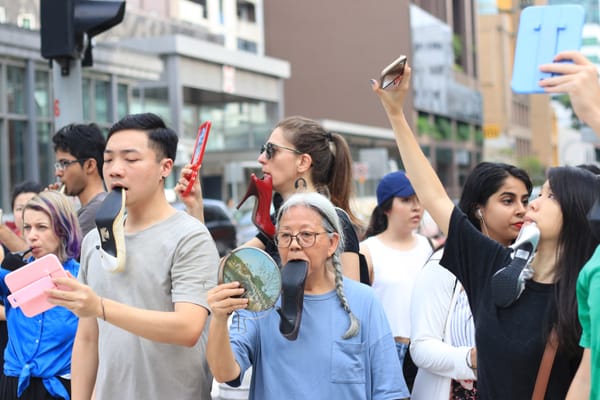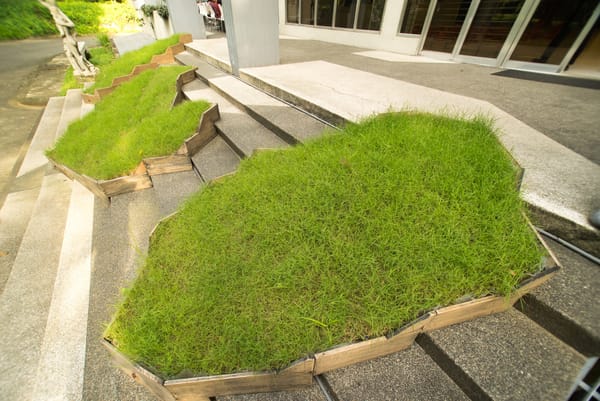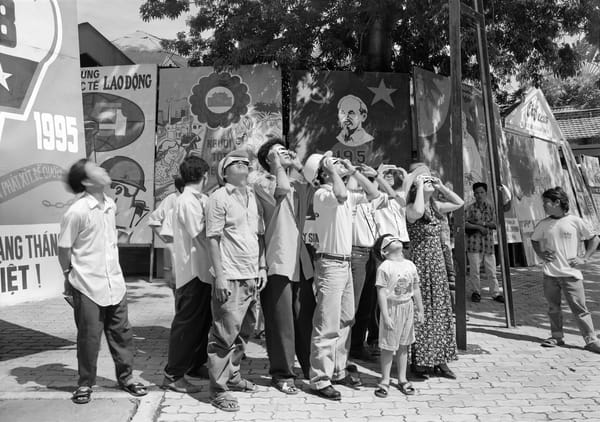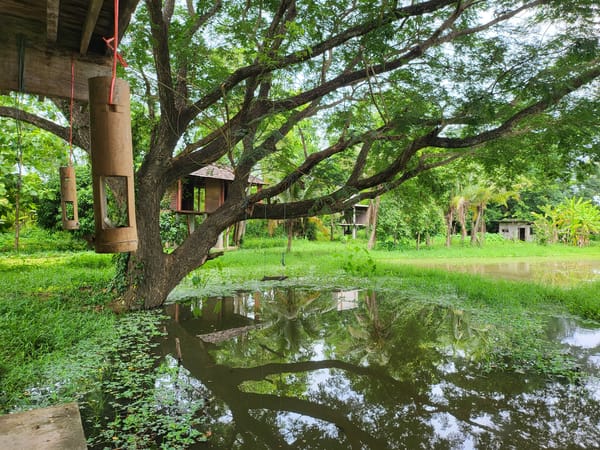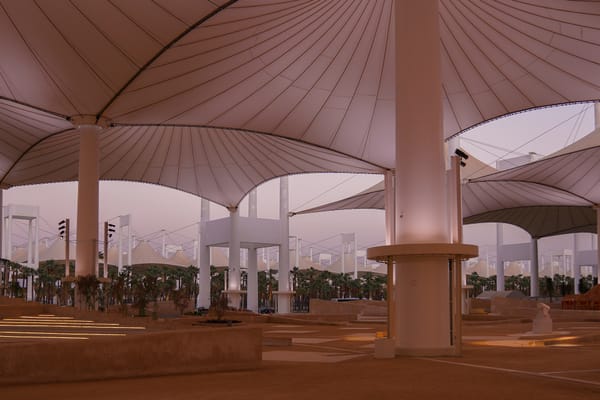Issue
Ruth Asawa: Retrospective

San Francisco Museum of Modern Art
Comprising more than 300 works, “Ruth Asawa: Retrospective,” which began its two-year tour at the San Francisco Museum of Modern Art (SFMOMA) in April, explored six decades of the artist’s groundbreaking practice. It also told—through onsite didactics and a multi-author catalog—the quietly compelling story of the artist’s life.
Most disconcerting to readers today are Asawa’s World War II experiences. Following Japan’s surprise attack on Pearl Harbor in December 1941, President Franklin D. Roosevelt signed executive orders prompting the internment of about 120,000 US residents of Japanese descent. In 1942, FBI agents picked up Asawa’s father, an immigrant Southern California vegetable farmer, and shipped him to New Mexico. Asawa, American-born and 16 at the time, was sent along with her mother and five siblings to the Santa Anita racetrack in Arcadia, California, which housed some 18,000 Japanese Americans in converted stables and hastily constructed barracks. Soon they were moved to the Rohwer Relocation Center in Arkansas, where 8,000 people lived surrounded by watchtowers and barbed wire fences. Asawa would not see her father again until after the war.
During her detainment, Asawa was instructed by volunteer teachers and tutored by two interned artists who had worked at Walt Disney Studios. Upon graduating, she received a scholarship to the Milwaukee State Teachers College in Wisconsin, where she trained to become an art teacher. However, two young artists there, Elaine and Elizabeth Schmitt, urged her to apply to Black Mountain College in North Carolina, where German American artist and former Bauhaus professor Josef Albers headed its visual arts program.
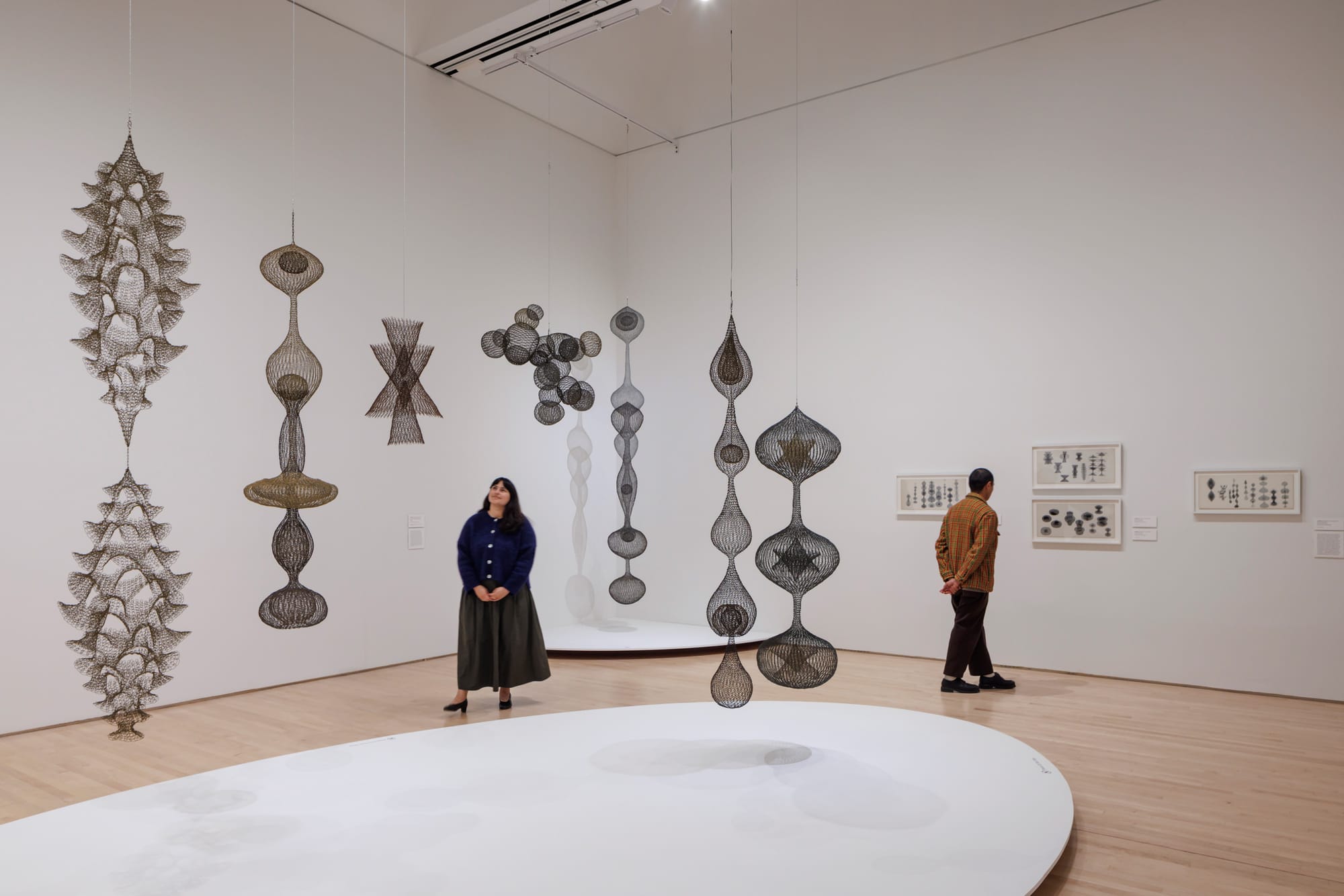
Asawa spent three years at Black Mountain, 1946–49, interacting with some of the preeminent figures of 20th-century American art—John Cage, Merce Cunningham, Willem and Elaine de Kooning, Robert Rauschenberg, and others. She studied with Buckminster Fuller, visionary architect and inventor of the geodesic dome.
In the summer of 1947, Asawa went to Mexico to volunteer with the Quaker American Friends Service Committee. In Mexico City she joined Josef and Anni Albers (the latter known for her abstract prints and fabric designs), and visited Frida Kahlo and Diego Rivera. While in Mexico, Asawa encountered some small, handwoven wire baskets used for carrying eggs. She was eager to learn the craft, a technique of weaving without the use of hooks or knitting needles.
Back at Black Mountain, she began to experiment with wire—different gauges of flexible copper, brass, iron, and galvanized steel—building suspended openwork sculptures that reveal continuous forms within forms: biomorphic, seemingly weightless, casting shadows like intricate crocheted lanterns.
In 1949 Asawa married architecture student Albert Lanier (Fuller designed her wedding ring) and moved to San Francisco so that Lanier could establish his architectural practice. Between 1950 and 1959, the couple had six children, and they remained dedicated partners until Lanier’s death in 2008.
Despite the demands and satisfactions of domestic life, Asawa never lost her artistic vision, or her ability to conjure a sense of volume without mass. Consider her Untitled S.250, Hanging Seven-Lobed Continuous Interlocking Form with Spheres in the First, Fifth, and Sixth Lobes (ca. 1955). Over three meters tall, blending layers of iron and galvanized steel wire, it encloses three delicate spheres. Grace McCann Morley, founding director of SFMOMA, selected this work for the group show “Pacific Coast Art,” which represented the US at the 1955 São Paulo Biennial.
